Trips are great, but trips with your furry friend are even better! It’s fun to hit the open road with your canine or kitty co-pilot by your side (especially with so many pet-friendly hotels, restaurants and other attractions to enjoy), but nothing ruins the fun faster than someone getting hurt or sick. That’s why, when traveling with your four-legged pal, there are some safety precautions that you should take.
Whether you’re leaving town by car or plane, you must be prepared for your companion’s sake. Below, check out some safety tips for traveling with your pet so you can both stay healthy and happy along the way!
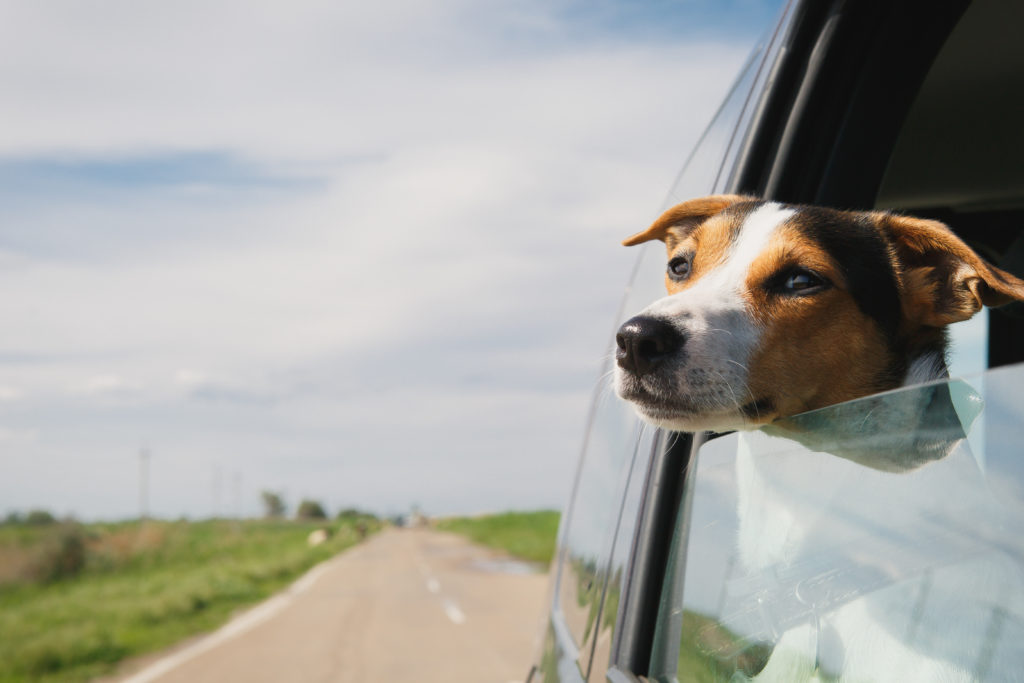
1. Make sure flea, tick & heartworm protection is up-to-date.
Fleas, ticks, and mosquitos (which can spread heartworm) are nasty pests that can carry diseases. While your pet’s preventative care should always be up-to-date, this is especially true if you’re traveling. You four-legged friend is more likely to be exposed to these buggers while you’re out and about (especially in certain areas), and preventing scary conditions like Lyme disease, heartworm, and other parasites, as well as flea infestations (that can spread around your home) is much easier than treating them after the fact!
2. Be sure your pet has the appropriate vaccinations.
To that, your pet’s vaccinations should be up-to-date, and depending on where your traveling, you may need some additional inoculations, too. For instance, your vet may not have recommended a Lyme disease vaccine for pal if you live in the city, but if you’re headed to an area that’s populated by ticks, it may be a good idea to get one.
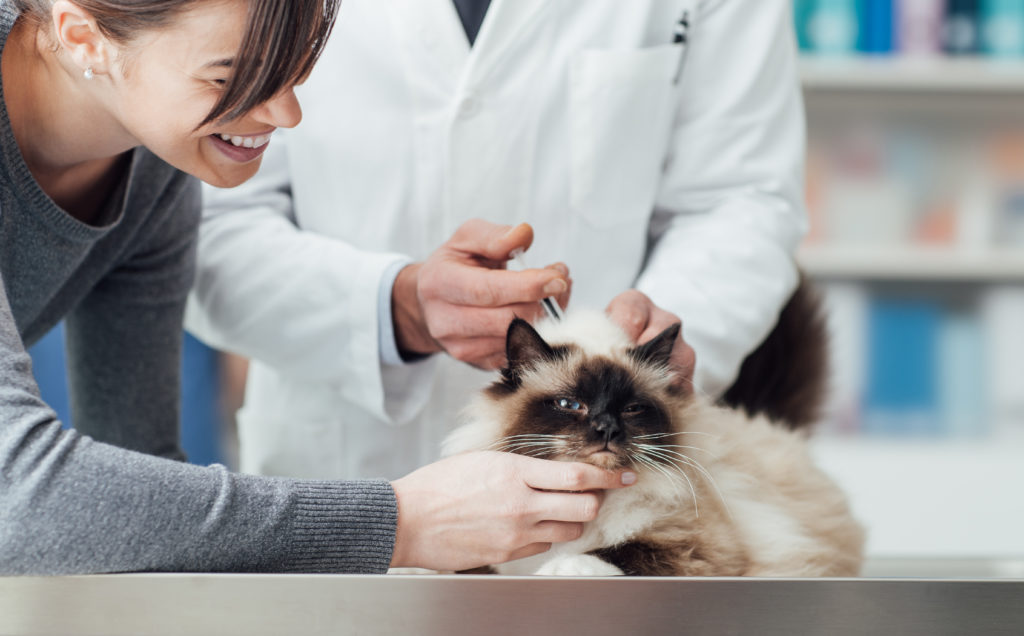
3. Have a pet emergency kit with you at all times.
You should have a pet first aid kit at home (complete with gauze, antibiotic ointment, hydrogen peroxide, etc.), and the same is true if you hit the road. Bring a portable version in your car or suitcase, and pack it in your backpack whenever you head out for an adventure.
4. Research potential dangers in your destination.
If you’re going across state lines, be sure to research any native dangers that you may encounter along the way. For instance, Arizona pet parents know to be wary of critters such as rattlesnakes, Colorado River toads, scorpions, and outdoor plants like lantana and sago palms, but tourists may not be aware of these dangers. Be sure to stay especially cognizant if you’re headed to a hiking trail!
5. Look up emergency vets along the way.
On a road trip with your pal? Be sure to have a list of emergency vet phone numbers and addresses along the way, and especially at your destination. (Or better yet, program all the info into your phone.) In the event of an incident, you’ll be able to act quickly, which can mean the difference between life and death in some situations.
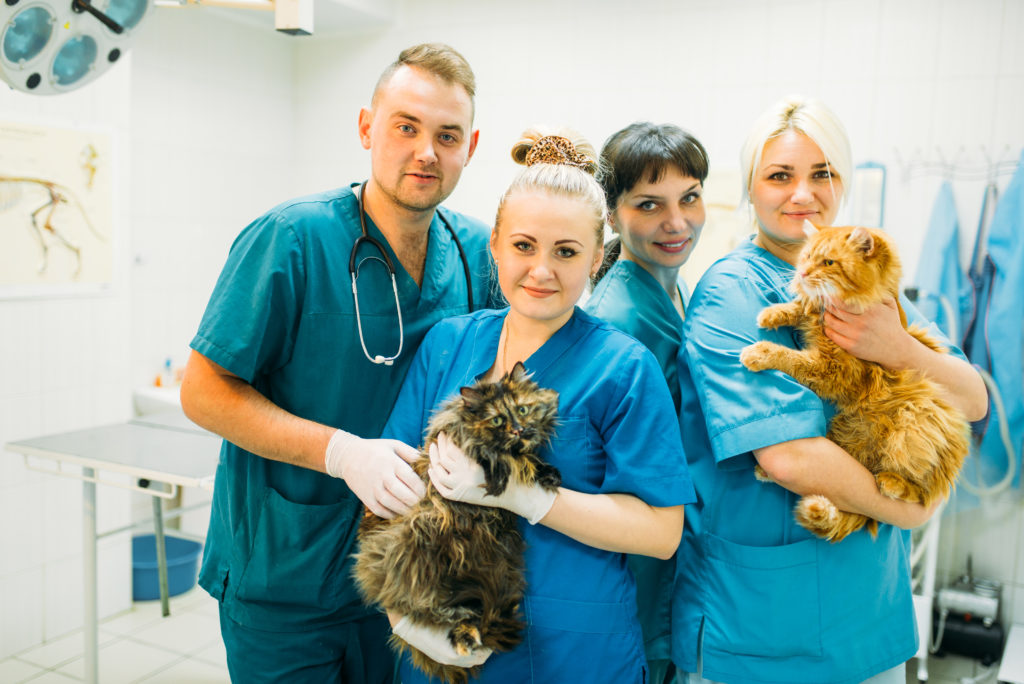
6. Use a carrier or pet seatbelt to secure your furry friend.
When in the car, your four-legged friend should be secured in case of an accident. You can pick up a pet seat belt that loops through a harness, or keep small animals in their carriers, and be sure to buckle them in.
7. Help your pet deal with car sickness.
If your companion gets sick in the car, there are a few things you can do to help. First off, the icky feeling often stems from anxiety, so ask your vet for calming treats or even a mild sedative to help your friend relax. If the weather is nice, fresh air from having the windows open can help pets feel better, and waiting to feed them until you’ve arrived at your destination can help, too. However, giving your pal a little ginger can calm the stomach, and if your trip is long, be sure to take plenty of breaks.
8. Make sure your companion has plenty of fresh water.
This is basic, but so important: make sure your companion has plenty of fresh, cool water. Store it in insulated water bottles and bring a bowl so your pal can easily lap it up. Keeping your pet hydrated is another reason to take breaks every hour or two on a long drive.
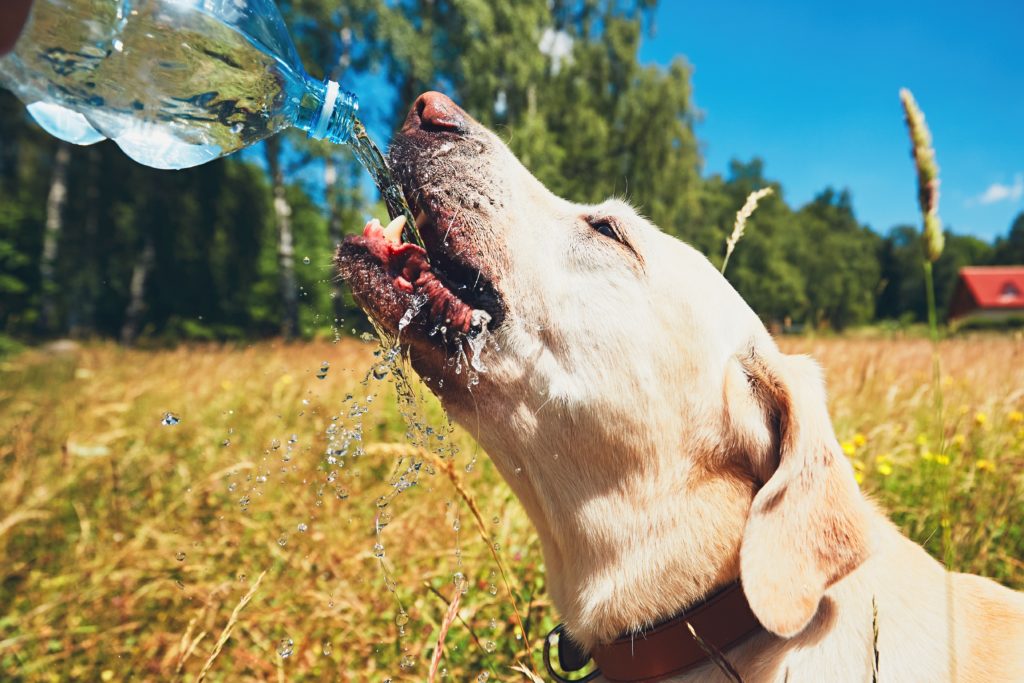
9. Never leave your pal in the car alone and unattended.
No, cracking the windows does not keep your car’s interior cool on a warm day. Cars can quickly get dangerously hot, even in temperate 60-degree weather. That’s because the glass windows have a greenhouse effect, trapping heat and raising the temperature in your car within a matter of minutes. Never, ever leave your pet along in the car (ever!), even if it’s “just for a minute.”
10. Beware of the dangers of flying.
While many airlines allow small, well-behaved dogs and cats onboard, bigger dogs are usually required to be checked as cargo. You know what that means? They’re stowed underneath the plane with luggage where it’s loud, there’s no supervision, and there’s no temperature regulation. You’ve also probably seen several stories on the news of pets who’ve tragically died while on a flight. Needless to say, it can be very dangerous, and this should be an absolute last resort.
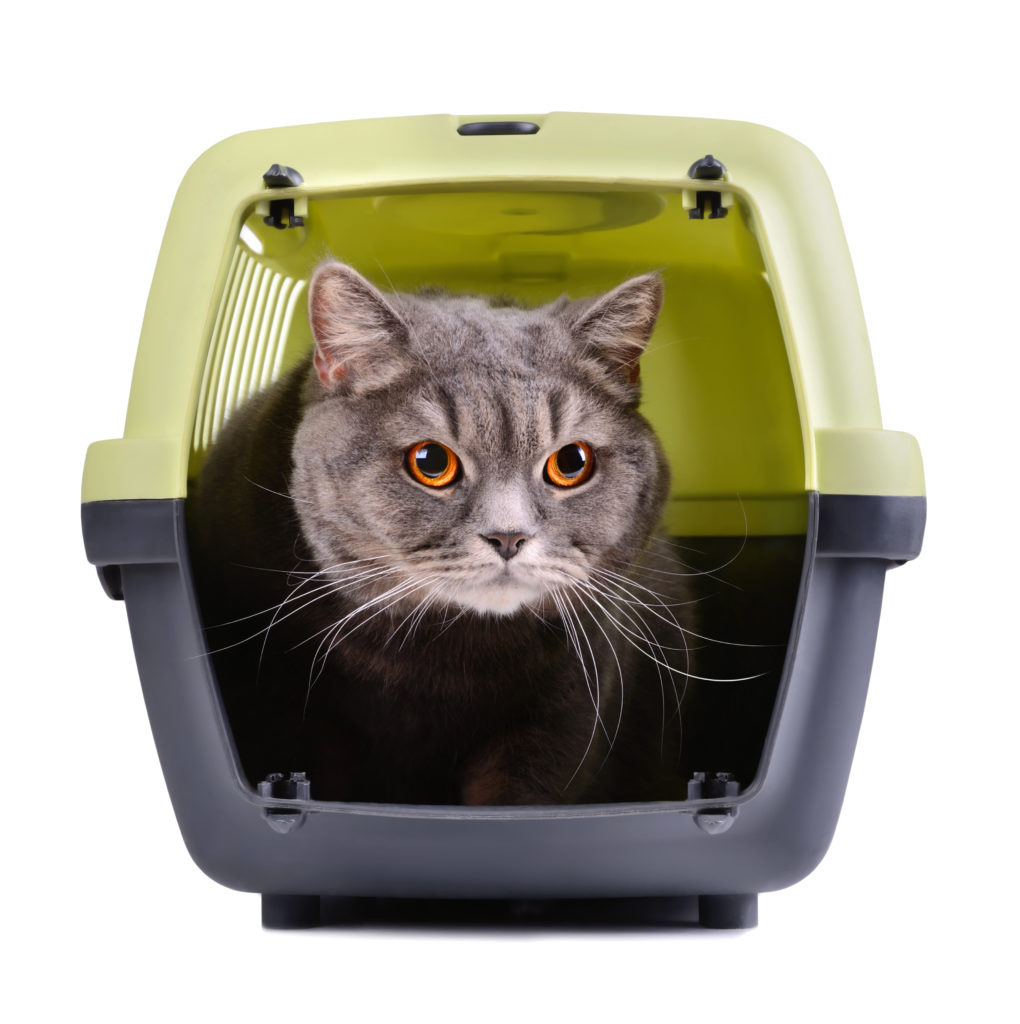
If you do plan on flying with your dog or cat, they must have a health check and be up-to-date with vaccinations. Check out PetFriendlyTravel.com to find the best airline to transport your pet, as rules and regulations vary. You may also want to consider asking your vet for sedation medication in order to calm nervous travellers.

